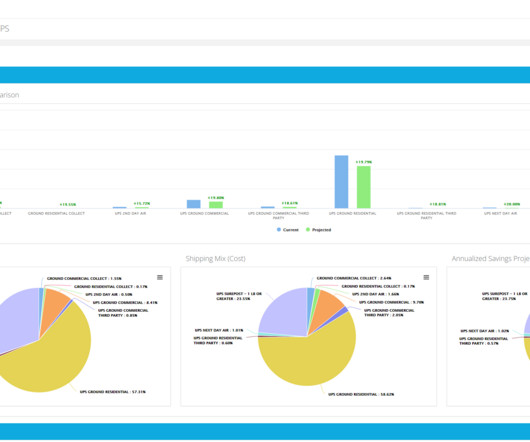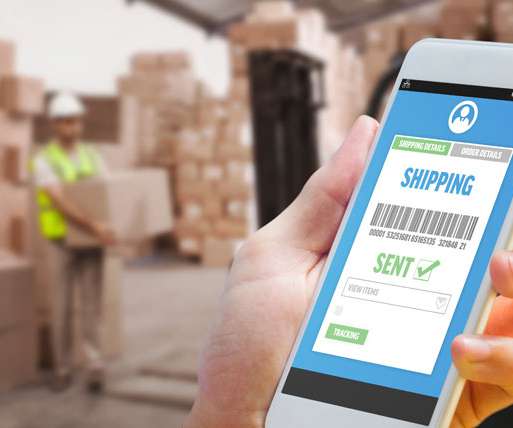Why Multi-Carrier Parcel Shipping Strategies Are Winning in 2022
The Logistics & Supply Chain Management Society
MARCH 21, 2023
Why Multi-Carrier Parcel Shipping Strategies Are Winning in 2022 by Lindsay Schuemann , Marketing Manager at Enveyo Two years. They’re shipping companies. The e-commerce shipping landscape looks quite a bit different from what it did just two years ago. And they’ll make buying decisions based on their shipping experience.
















Let's personalize your content